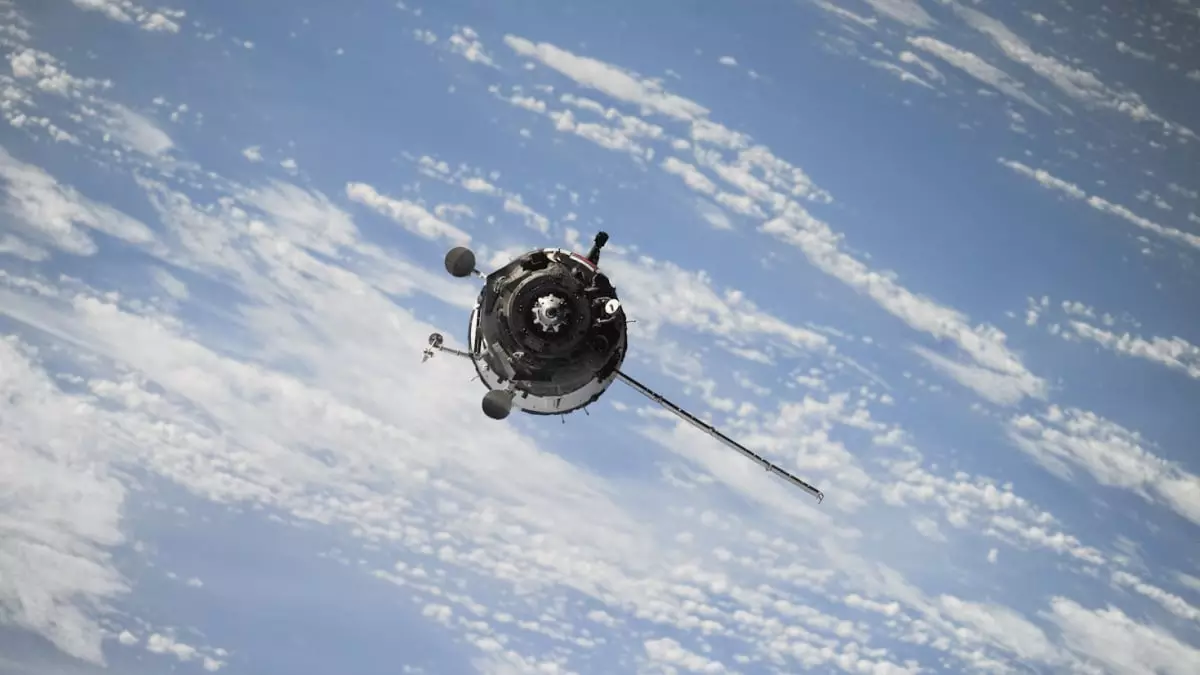Recent observations made by the James Webb Space Telescope (JWST) have called into question the conventional wisdom regarding asteroid 16 Psyche. Initially believed to be the core remnant of a protoplanet, Psyche’s composition has now been shown to include hydrated minerals such as hydroxyl and potentially water. This discovery has added a layer of complexity to our understanding of Psyche’s origins and its significance in the early solar system.
Revisiting Previous Assumptions
The presence of hydrated minerals on the surface of asteroid Psyche challenges the traditional view of its formation. It was originally thought that Psyche, being a large metallic asteroid located in the asteroid belt between Mars and Jupiter, represented a valuable opportunity to study the inner workings of ancient protoplanets. However, the detection of hydroxyl and water molecules raises new questions about the asteroid’s history and evolution.
The discovery of hydrated minerals on Psyche’s surface suggests two possible scenarios. Firstly, the minerals could have been deposited through impacts with other water-containing asteroids, indicating a more dynamic history for Psyche than previously thought. Alternatively, if the hydrated minerals are intrinsic to Psyche, it could imply that the asteroid originated from a region beyond the “snow line” in the early solar system. This would challenge the notion that Psyche is a core remnant and instead suggest a more complex migration history for the asteroid.
In light of these new findings, NASA’s Psyche mission, scheduled to reach the asteroid in 2029, takes on added significance. The spacecraft will conduct a comprehensive analysis of Psyche’s composition and history, aiming to unravel the mysteries surrounding this enigmatic asteroid. By shedding light on the formation of metallic asteroids and refining our understanding of the early solar system, the Psyche mission has the potential to revolutionize our knowledge of planetary evolution.
Looking Towards the Future
The discoveries made by the JWST have opened up exciting new avenues of research into asteroid Psyche. By challenging established theories and offering tantalizing hints about the asteroid’s true nature, these findings have set the stage for a new era of exploration and discovery. As we await the arrival of the Psyche mission in 2029, we can anticipate groundbreaking insights that will reshape our understanding of planetary formation and the history of the solar system.


Leave a Reply